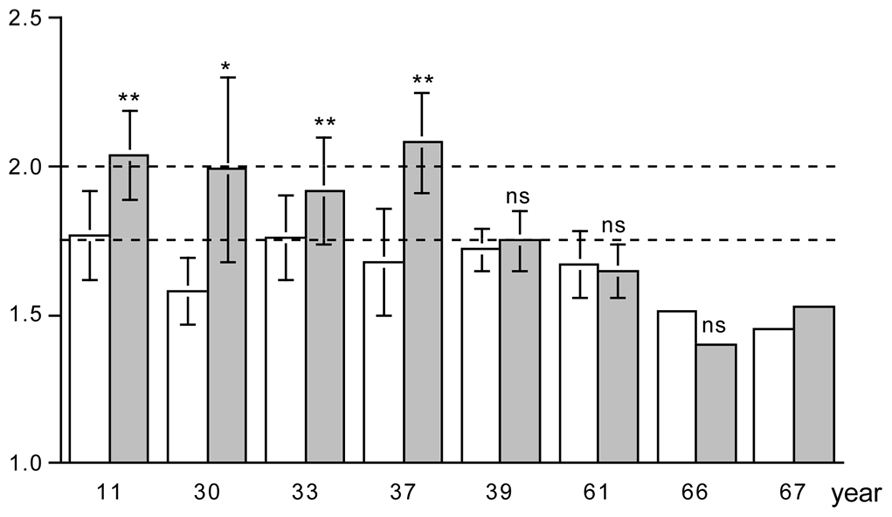

The association of change in physical activity and body weight in the regulation of total energy expenditure. Higher daily energy expenditure and respiratory quotient, rather than fat-free mass, independently determine greater ad libitum overeating. Piaggi P, Thearle MS, Krakoff J, Votruba SB. Abundant daily non-sedentary activity is associated with reduced prevalence of metabolic syndrome and insulin resistance. Uemura H, Katsuura-Kamano S, Yamaguchi M, Nakamoto M, Hiyoshi M, Arisawa K. Low levels of physical activity are associated with dysregulation of energy intake and fat mass gain over 1 year. Shook RP, Hand GA, Drenowatz C, Hebert JR, Paluch AE, Blundell JE, et al. Neuropeptides controlling energy balance: orexins and neuromedins. Nixon JP, Kotz CM, Novak CM, Billington CJ, Teske JA. Neuropeptidergic mediators of spontaneous physical activity and non-exercise activity thermogenesis. Interindividual variation in posture allocation: possible role in human obesity. Levine JA, Lanningham-Foster LM, McCrady SK, Krizan AC, Olson LR, Kane PH, et al. Non-exercise activity thermogenesis: the crouching tiger hidden dragon of societal weight gain. Levine JA, Vander Weg MW, Hill JO, Klesges RC. Role of nonexercise activity thermogenesis (NEAT) in obesity. The biological control of voluntary exercise, spontaneous physical activity and daily energy expenditure in relation to obesity: human and rodent perspectives. Garland T Jr, Schutz H, Chappell MA, Keeney BK, Meek TH, Copes LE, et al. Resistance to weight gain during overfeeding: a NEAT explanation. Methods and results using a respiratory chamber. Determinants of 24-hour energy expenditure in man. Ravussin E, Lillioja S, Anderson TE, Christin L, Bogardus C. Spontaneous physical activity and obesity: cross-sectional and longitudinal studies in Pima Indians. Zurlo F, Ferraro RT, Fontvielle AM, Rising R, Bogardus C, Ravussin E. Joint statement of the European Association for the Study of Obesity and the European Society of Hypertension: obesity and difficult to treat arterial hypertension. Jordan J, Yumuk V, Schlaich M, Nilsson PM, Zahorska-Markiewicz B, Grassi G, et al. Role of nonexercise activity thermogenesis in resistance to fat gain in humans. Resistance and susceptibility to weight gain: individual variability in response to a high-fat diet. 2009 38(3):525–48.īlundell JE, Stubbs RJ, Golding C, Croden F, Alam R, Whybrow S, et al. Pediatric obesity: etiology and treatment. Mechanisms of disease: genetic insights into the etiology of type 2 diabetes and obesity. Gene-environment interactions in the etiology of obesity: defining the fundamentals. Papers of particular interest, published recently, have been highlighted as: īouchard C. In this review, we discuss human and animal literature on the use of SPA in reducing weight gain, the neuromodulators that could be targeted to this end, and future directions in this field. All physical activity burns calories, and as such, SPA could be manipulated as a means to burn calories, and defend against weight gain and reduce excess adiposity. Recent FindingsĪn example of this may be restless behavior, which can include fidgeting and gesticulating, frequent sit-to-stand movement, and more time spent standing and moving. Instead, SPA should be thought of as all physical activity behavior that emanates from an unconscious drive for movement. SPA is often thought of as only “fidgeting,” but that is a mischaracterization, since fidgety behavior can be linked to stereotypies in neurodegenerative disease and other movement disorders. Spontaneous physical activity (SPA) is a physical activity not motivated by a rewarding goal, such as that associated with food-seeking or wheel-running behavior.


 0 kommentar(er)
0 kommentar(er)
